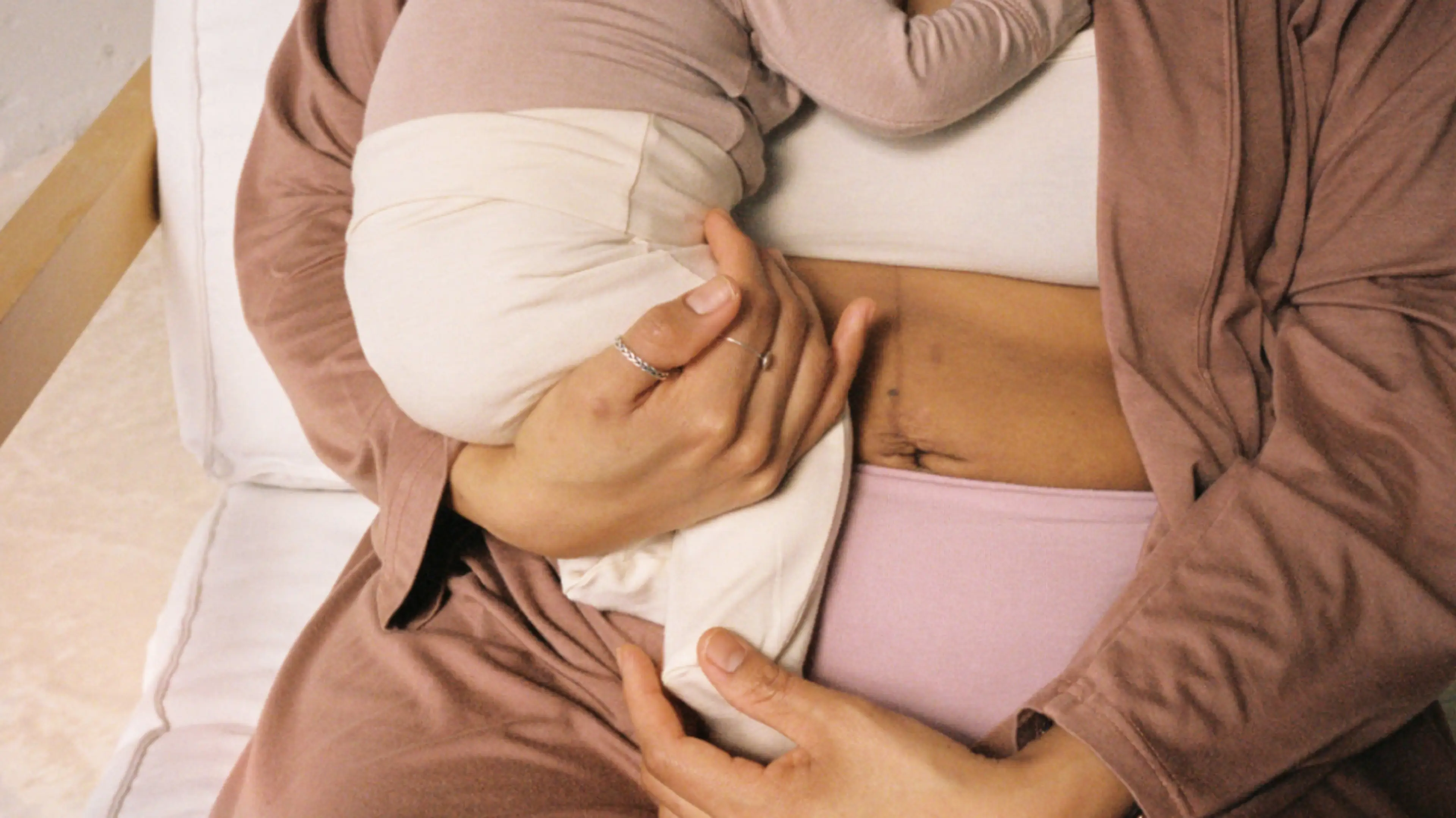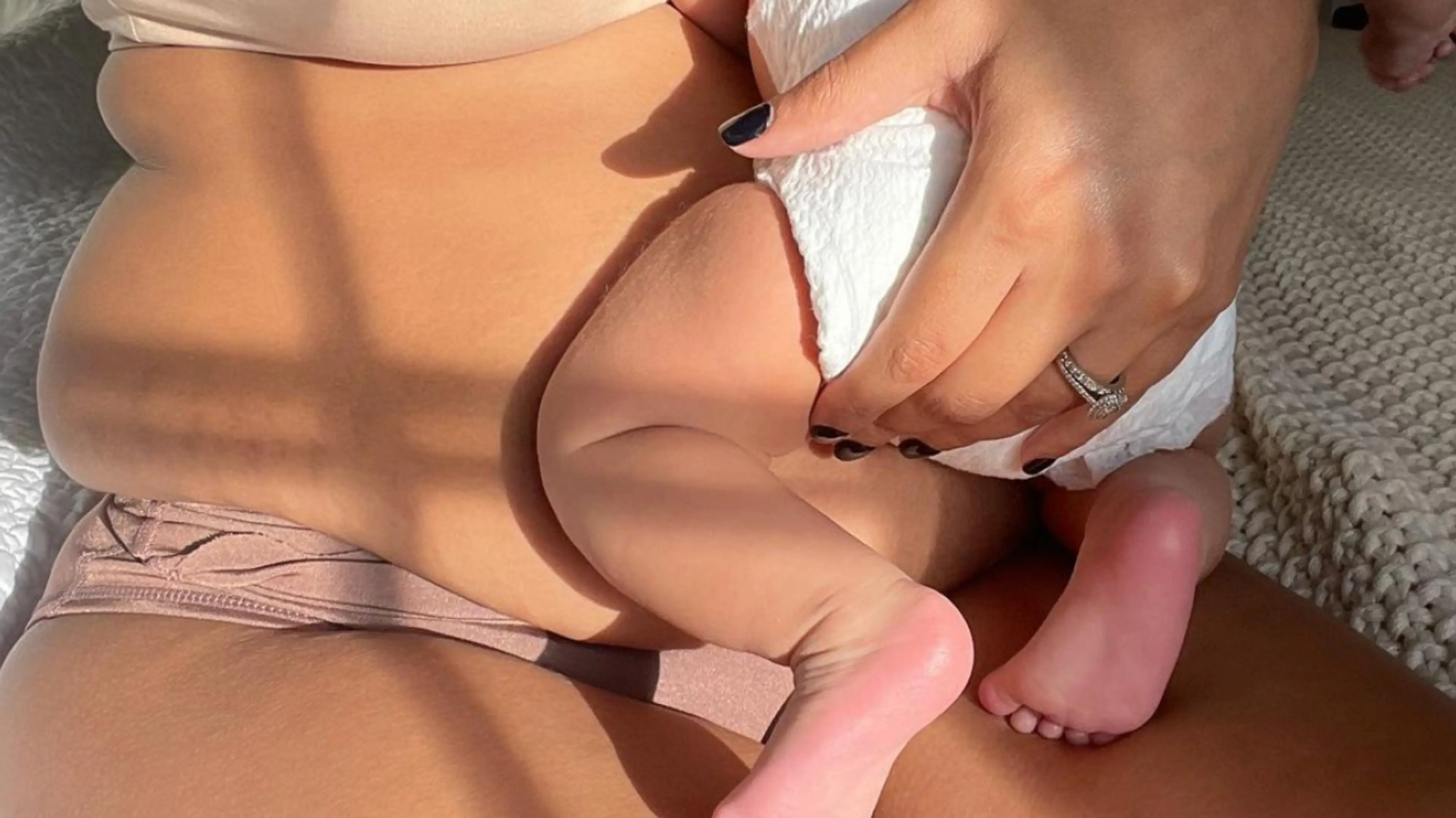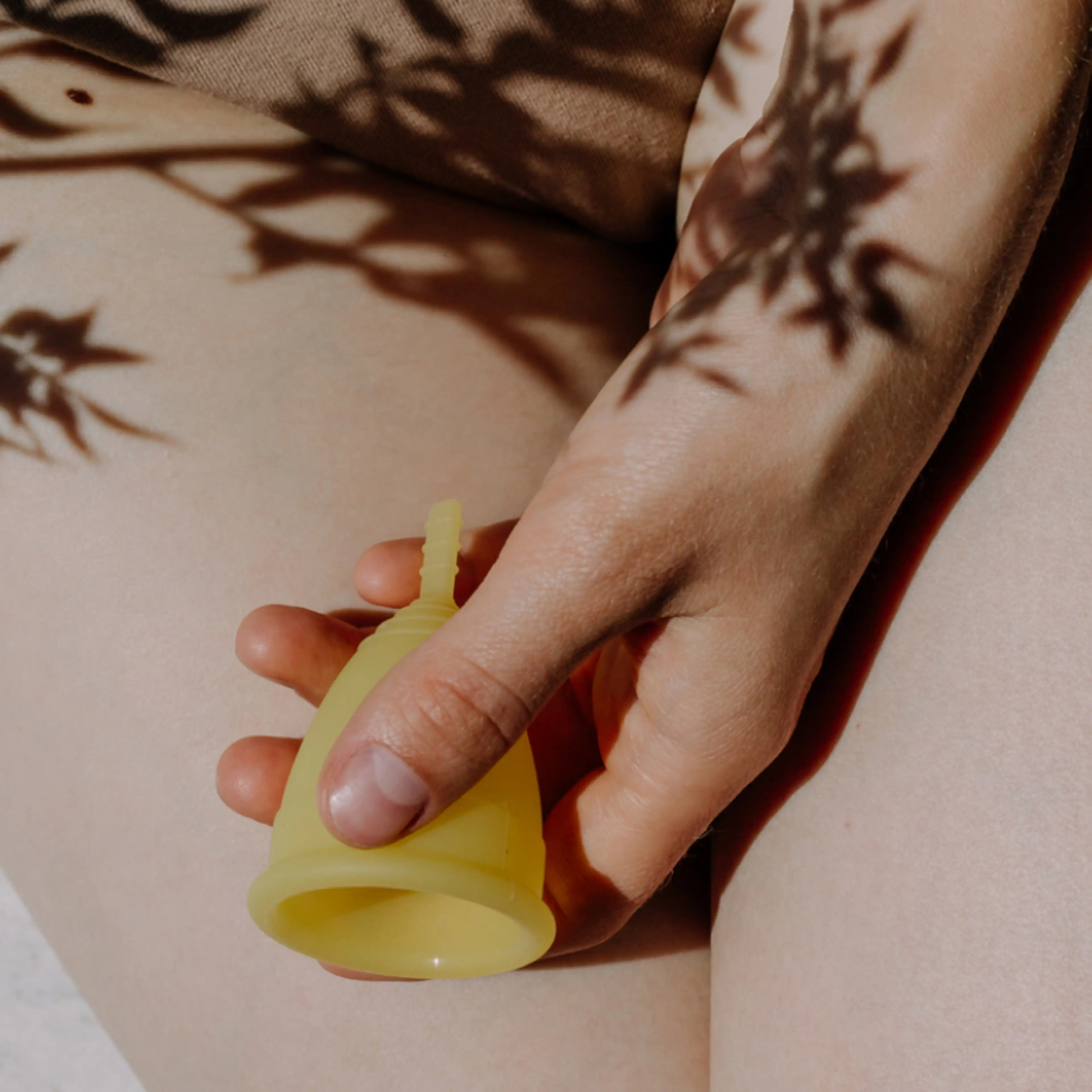Postpartum bleeding is a normal part of the recovery process after having a baby. This period-like discharge, known as lochia1 , occurs after you give birth and “is what’s left of your uterine lining that used to help support the placenta and the pregnancy,” Erica Chidi, co-founder and CEO of LOOM tells Babylist. It’s made up of the mucous membrane that lined the uterus during pregnancy, as well as blood that helped nourish your baby. “Whether you have a vaginal birth or a cesarean birth, you are going to continue to release blood out of your vagina,” says Chidi. From timeline to product picks that’ll help keep you comfortable, here’s everything you need to know.
How Long Does Postpartum Bleeding Last?
Postpartum bleeding usually lasts for up to 4-6 weeks after birth. “The amount, consistency, and color of your blood will change over time—moving from dark red to pink and eventually going away altogether,” says Chidi. There are three distinct stages of lochia:
Lochia rubra: In the first stage, you can expect some cramping, dark, bright red blood, and a heavy period-like flow. This typically lasts 3-4 days. According to the Cleveland Clinic1 , you should expect to change your pad every few hours. You may even notice small clots, which are normal.
Lochia serosa: The second stage of lochia lasts 4-12 days and you can expect a moderate flow of pinkish-brown discharge.
Lochia alba: Spanning day 12 to 6 weeks postpartum, lochia alba is yellowish to white discharge and possibly a bit of light spotting as things taper odd. At this point, there will be little to no blood and you shouldn’t be passing any clots.
When Should I Call the Doctor About My Bleeding?
While bleeding after giving birth is a normal part of recovery, you’ll want to make sure you know the difference between normal postpartum bleeding and postpartum hemorrhage2 . According to March of Dimes2 , postpartum hemorrhage is a serious condition that happens in 1% to 5% of births. This is heavy bleeding that starts during or right after childbirth and is much more than the half-quart to a quart of blood that’s usually lost during birth.
There are a few other things to look out for in your bleeding after birth, as they could signal a problem. You’ll want to give all your doctor a call if you have any of these concerning symptoms:
Blood clots that are larger than the size of a plum.
Severe pain, fever, or a foul smell could all be signs of an infection.
If your postpartum bleeding becomes heavier, doesn’t lessen over time, or soaks through more than one pad per hour, it could be a sign of a problem with the uterus, a bleeding disorder, or late postpartum hemorrhage—all of which would need to be treated by a doctor right away.
What Are Some Tips for Dealing with Postpartum Bleeding?
While it’s not convenient to have what essentially feels like a super long menstrual period, there are some things you can do to make yourself a little bit more comfortable until your postpartum bleeding subsides.
Your body has been through a lot so remember to take it easy and rest and give yourself time to recover.
If you’re experiencing cramping as your uterus contracts toward pre-pregnancy size, you may want to try a heating pad3 or take some pain medication such as ibuprofen.
Using a peri bottle when you go pee can help you feel fresh as well as soothe sore areas, especially if you’ve had a vaginal birth.
Find some comfy undies, whether they be disposable with a maxi pad or reusable period underwear.












